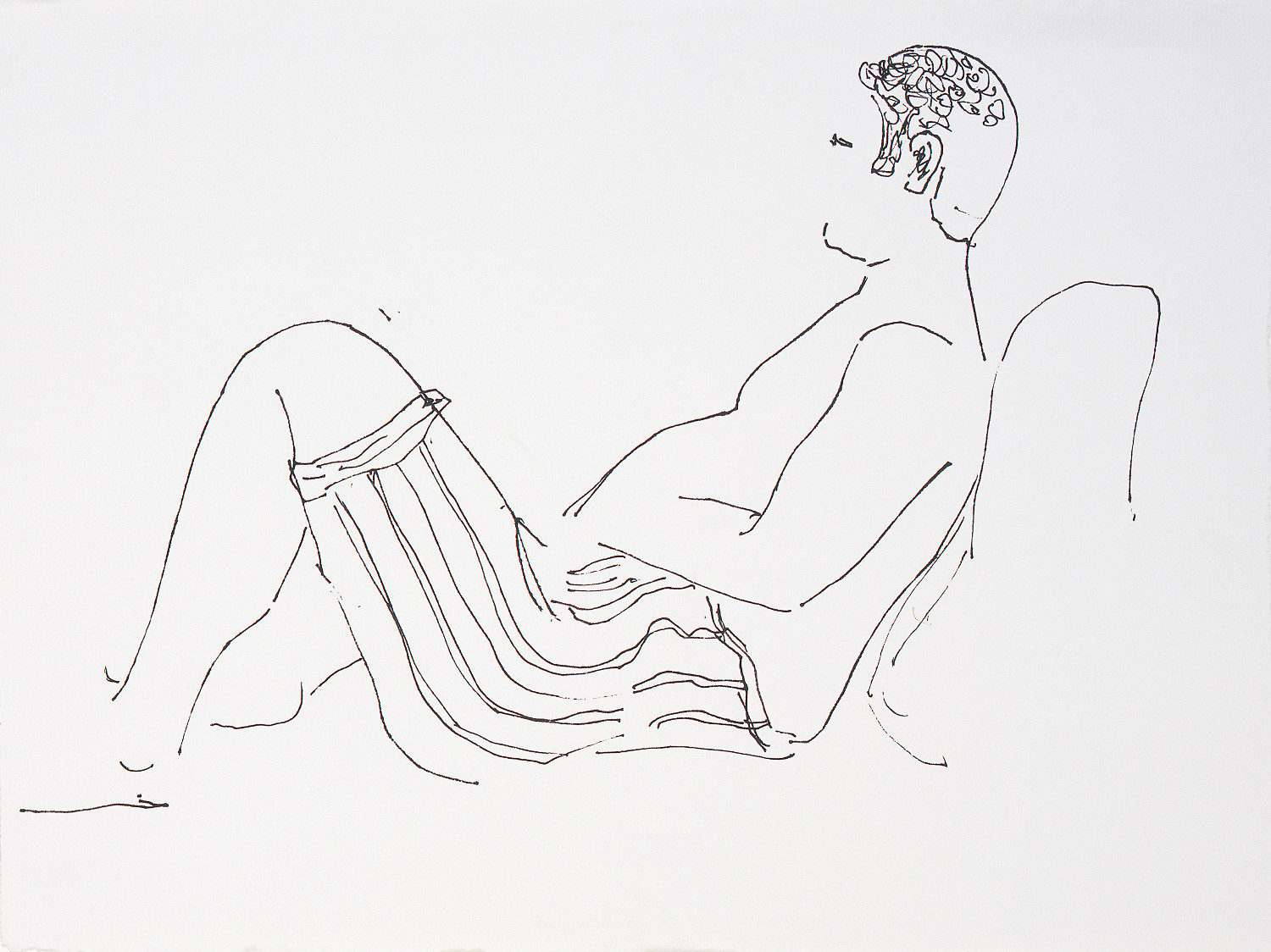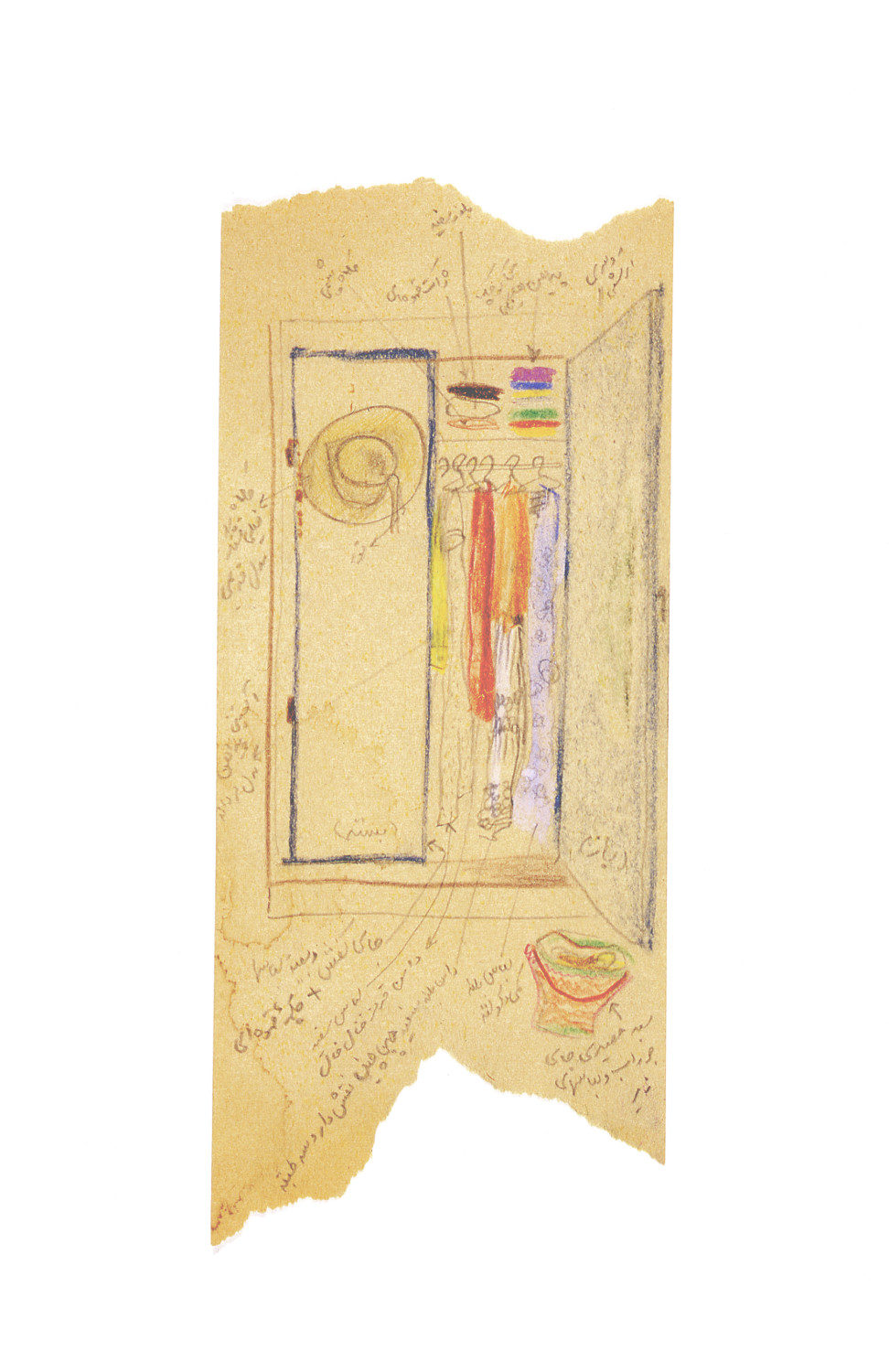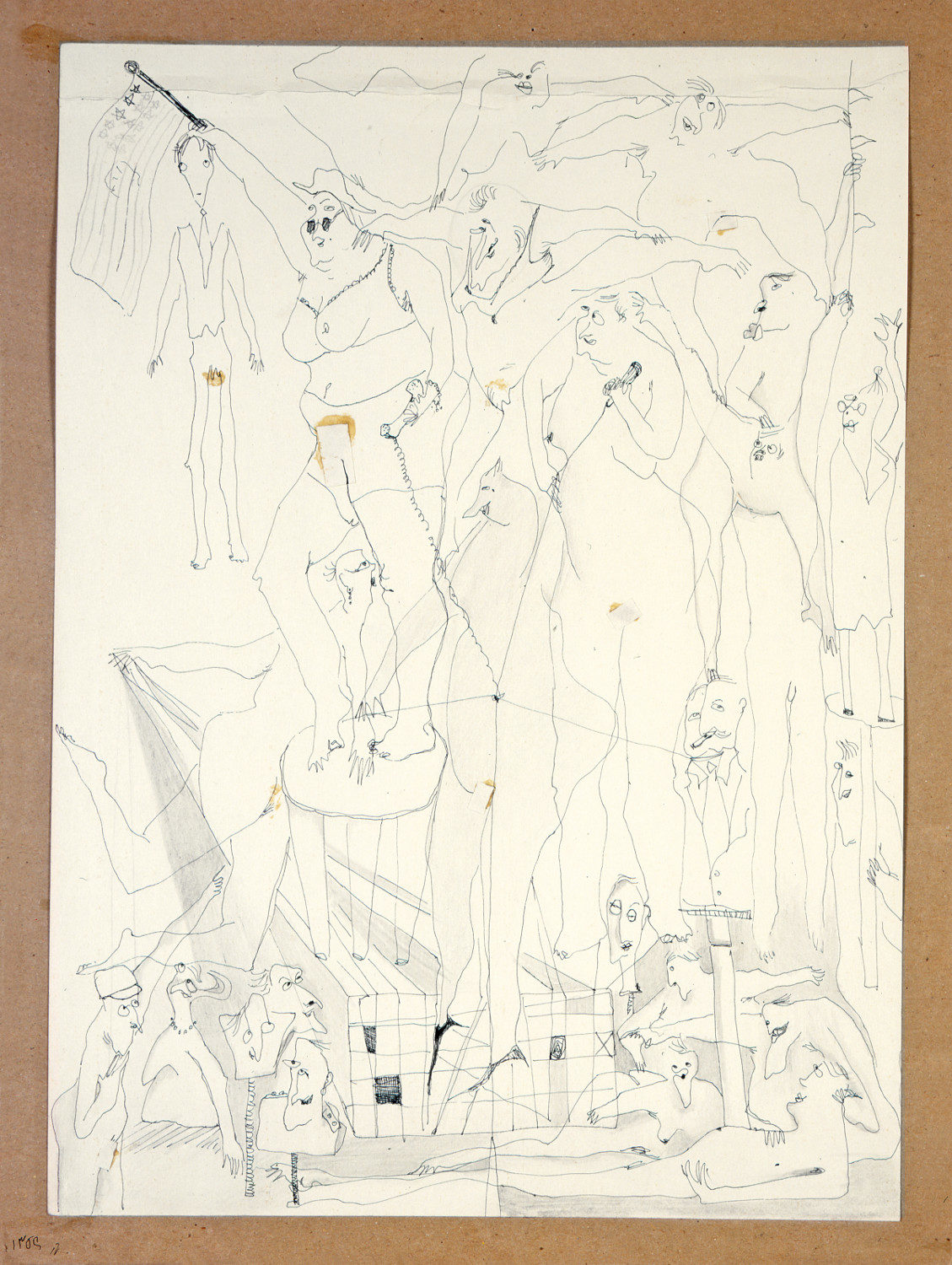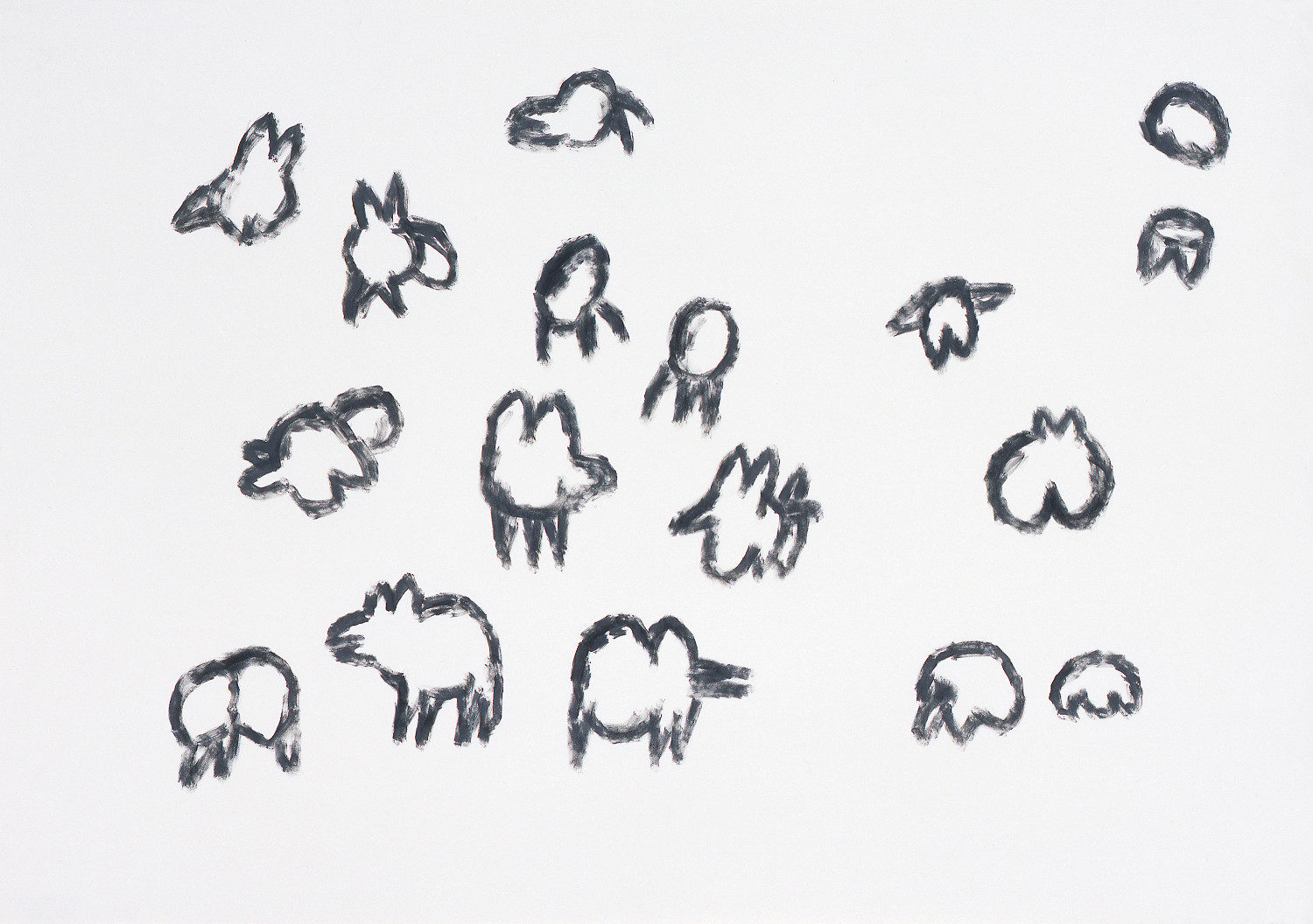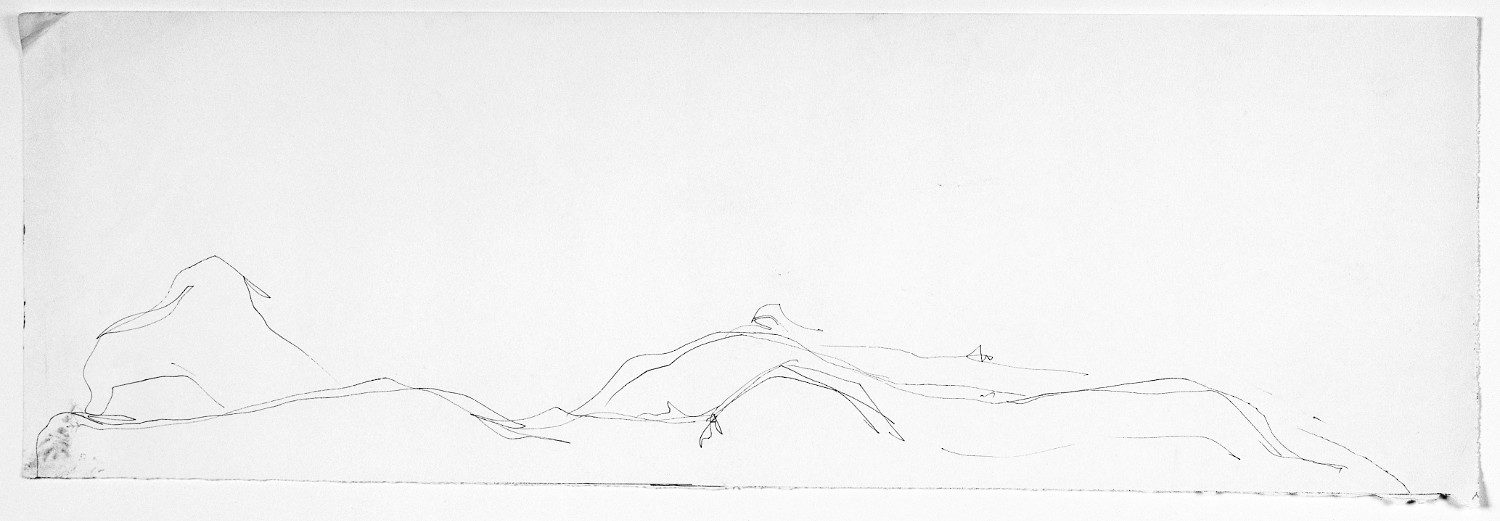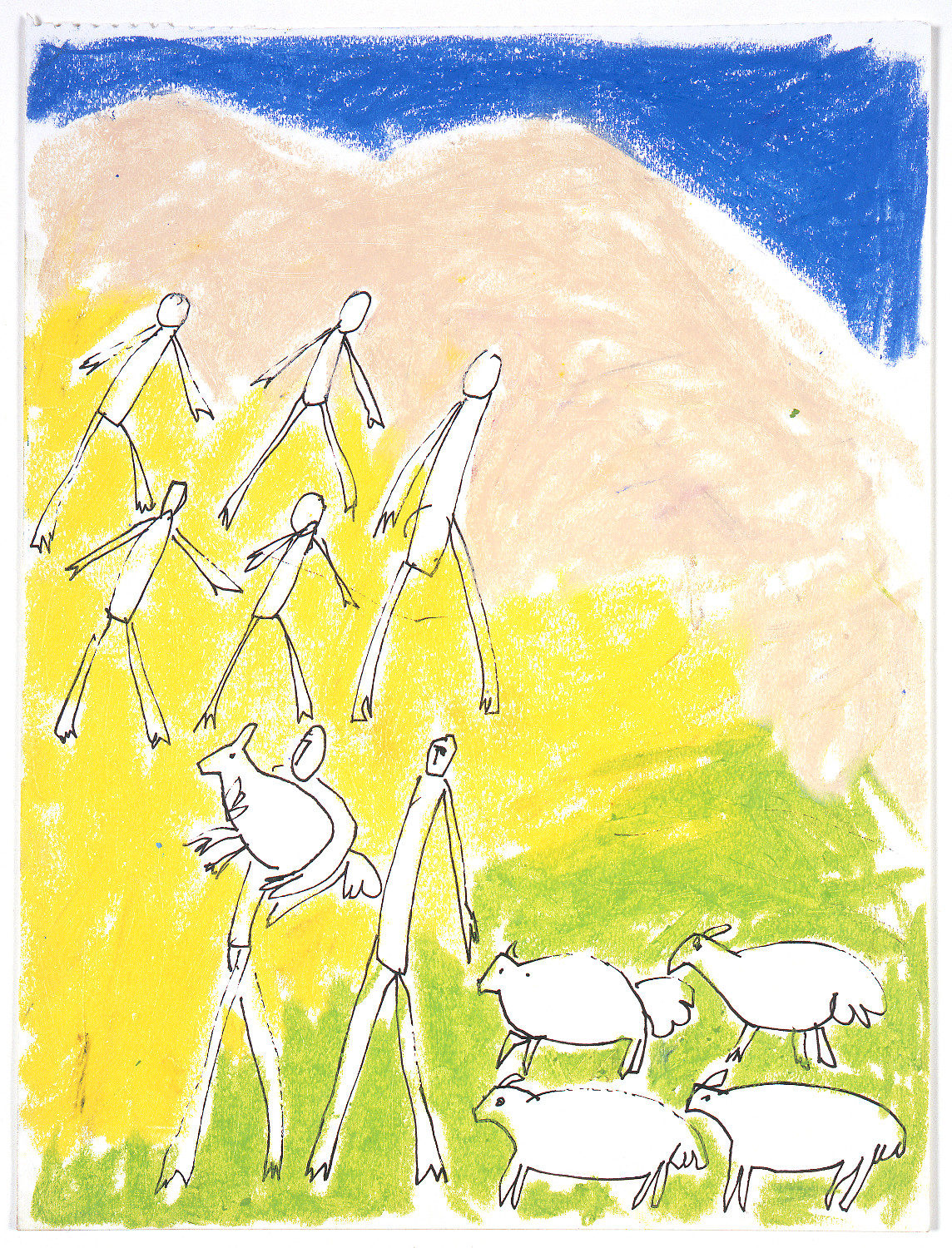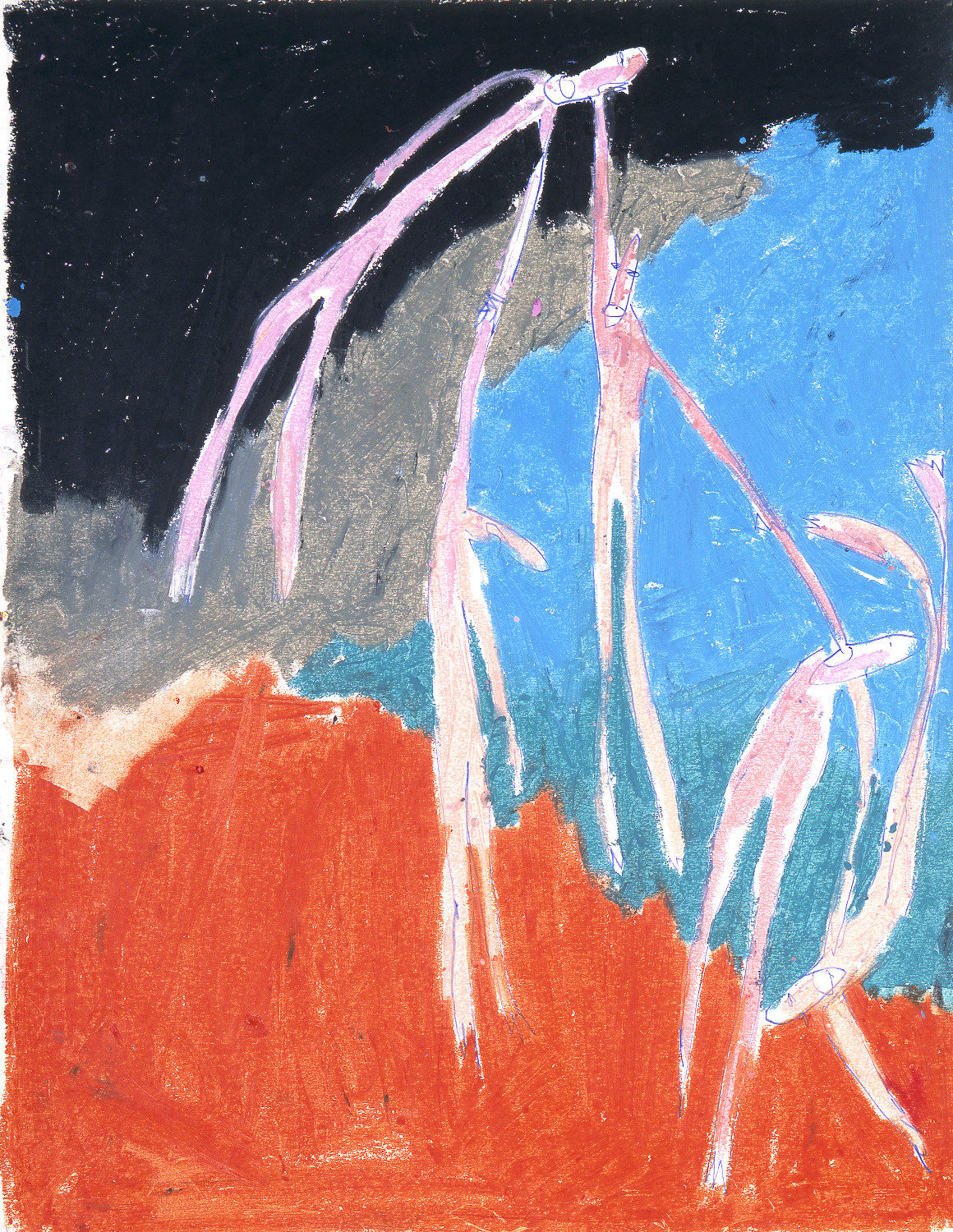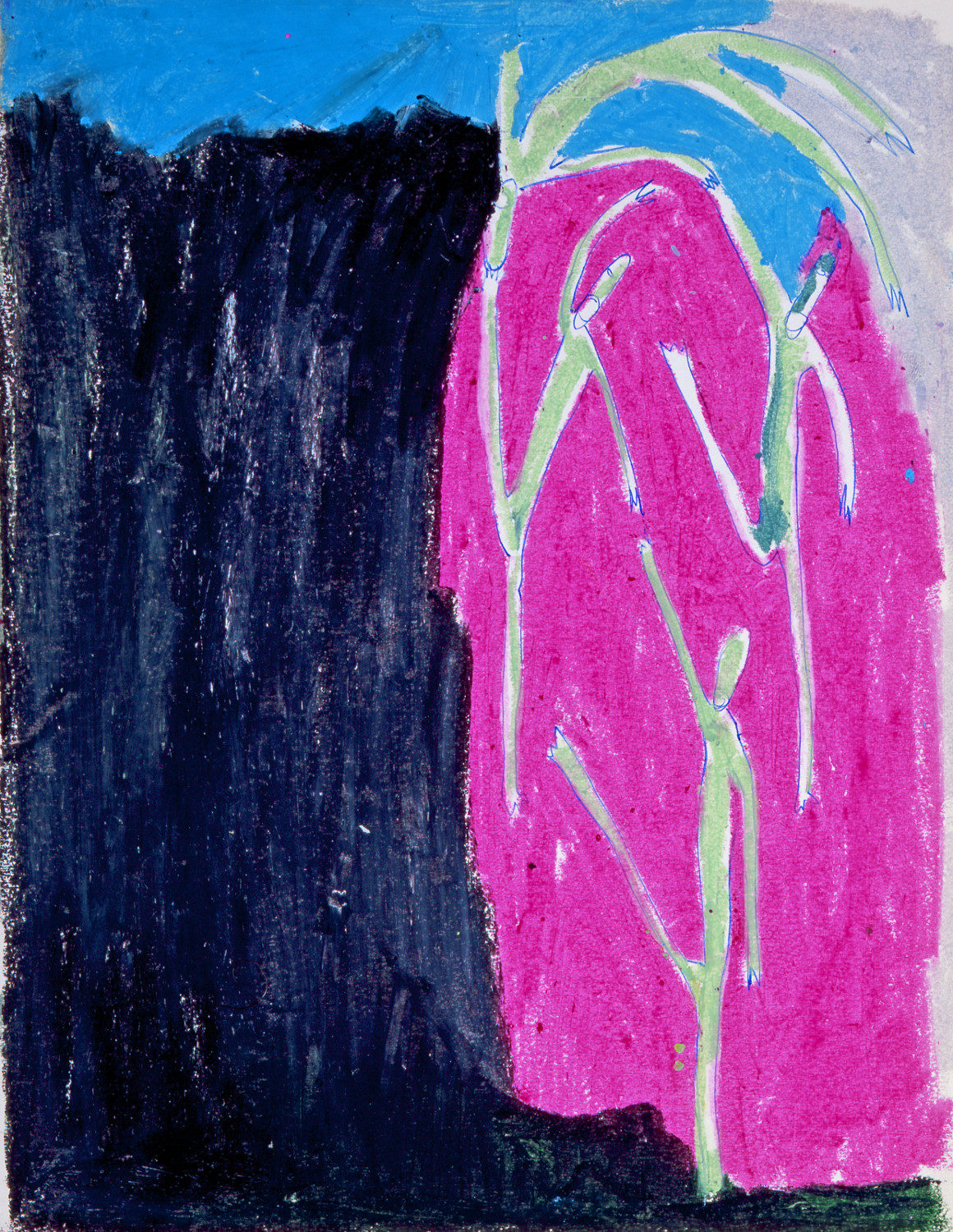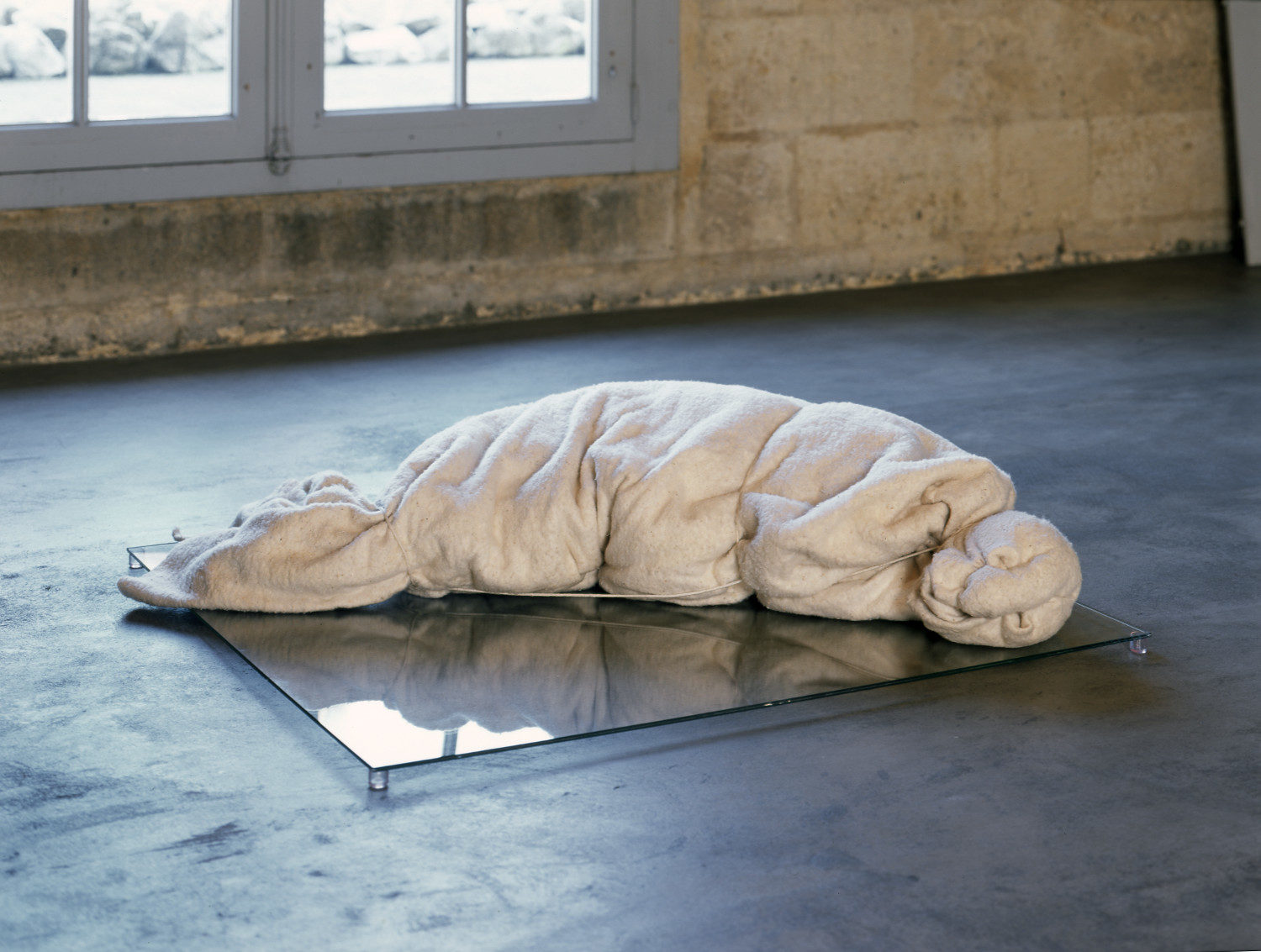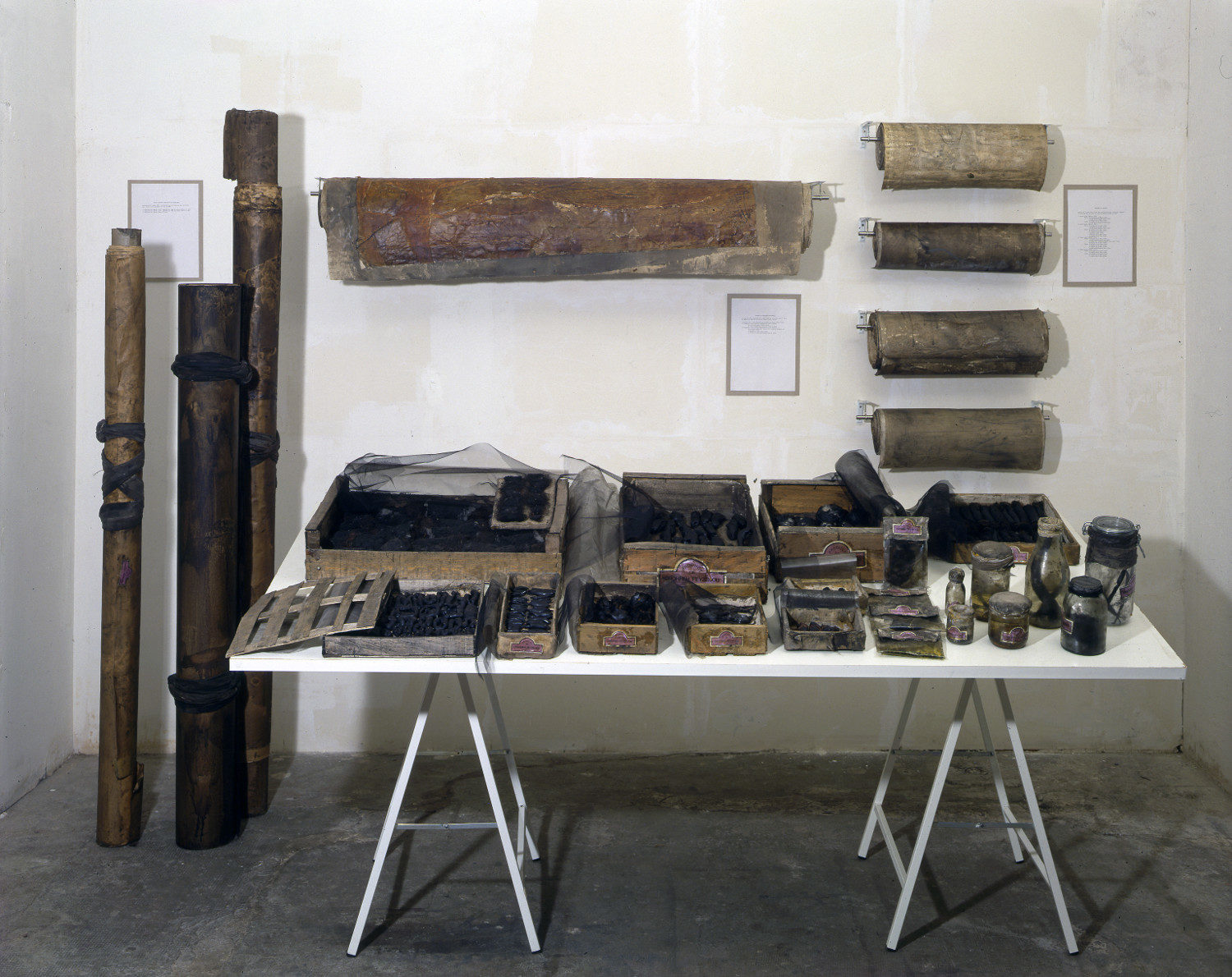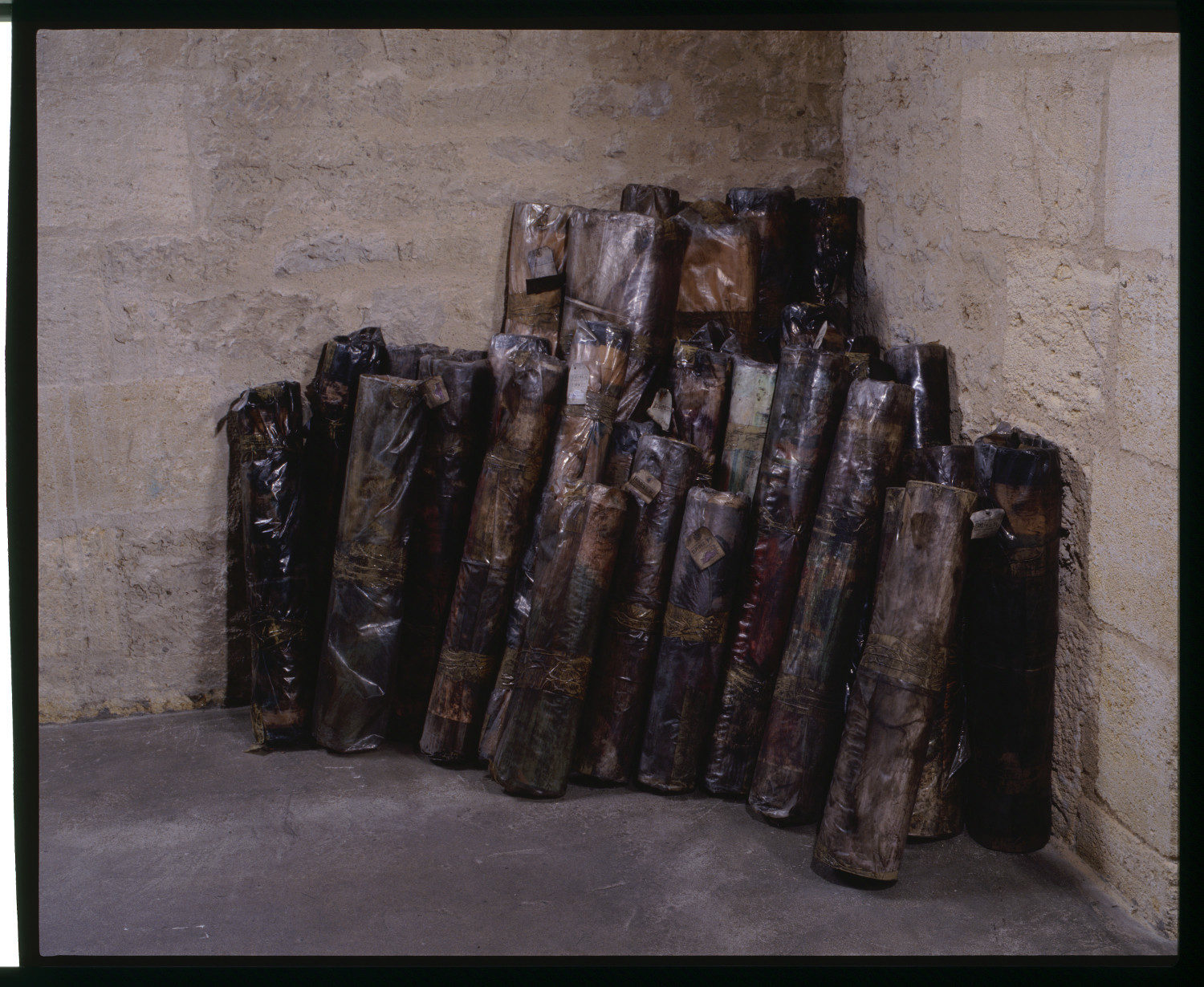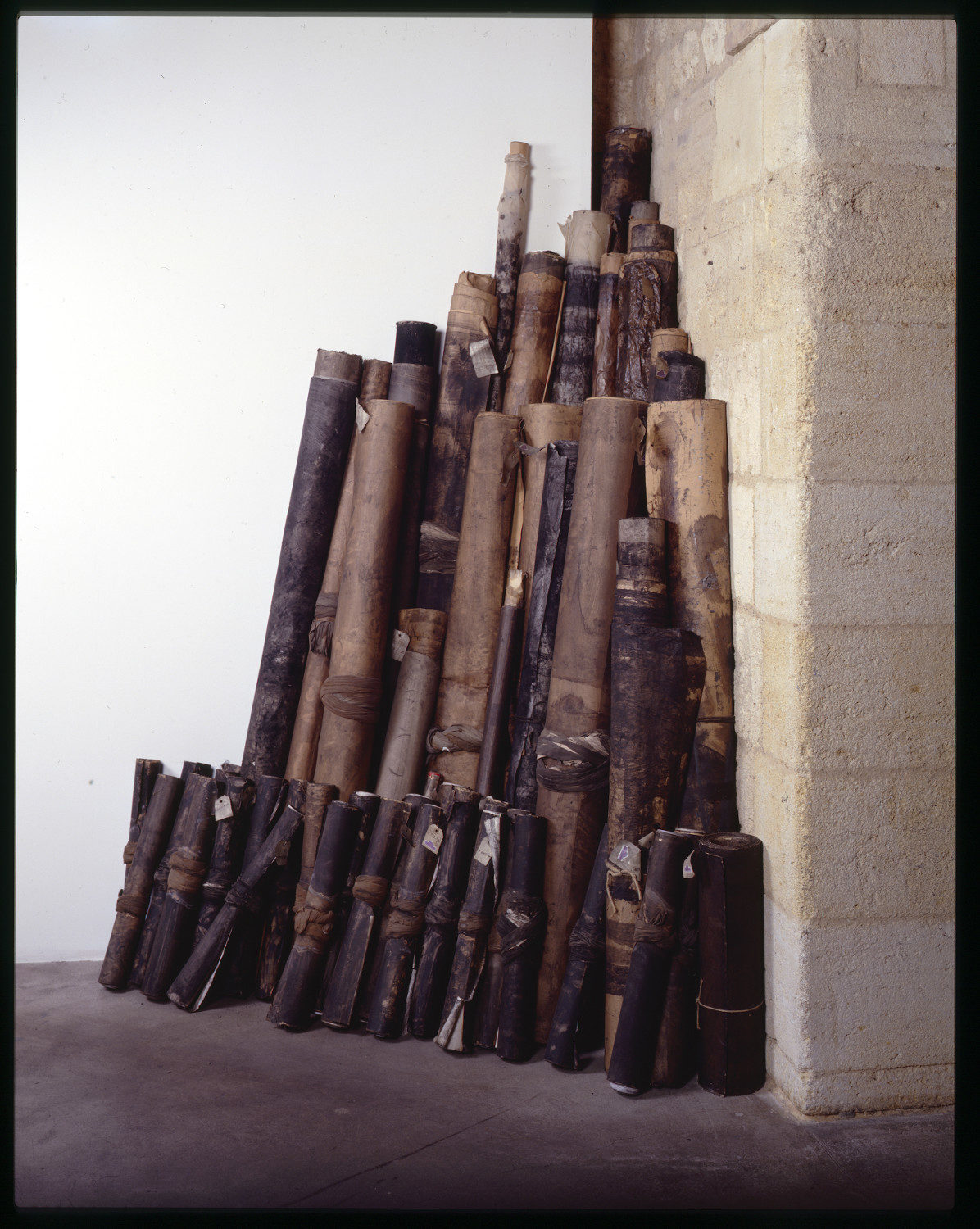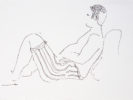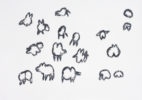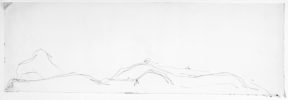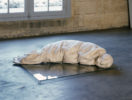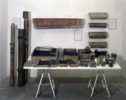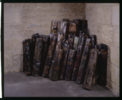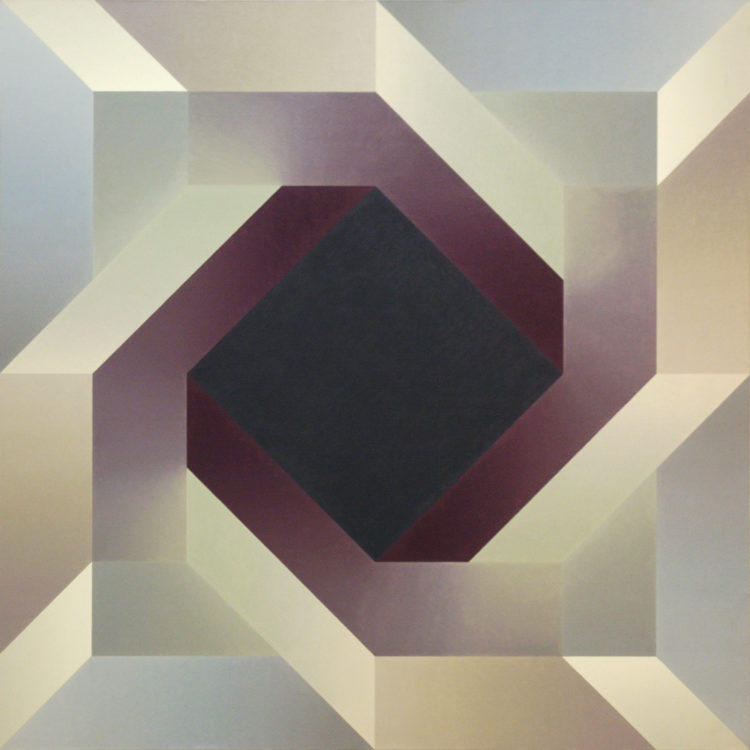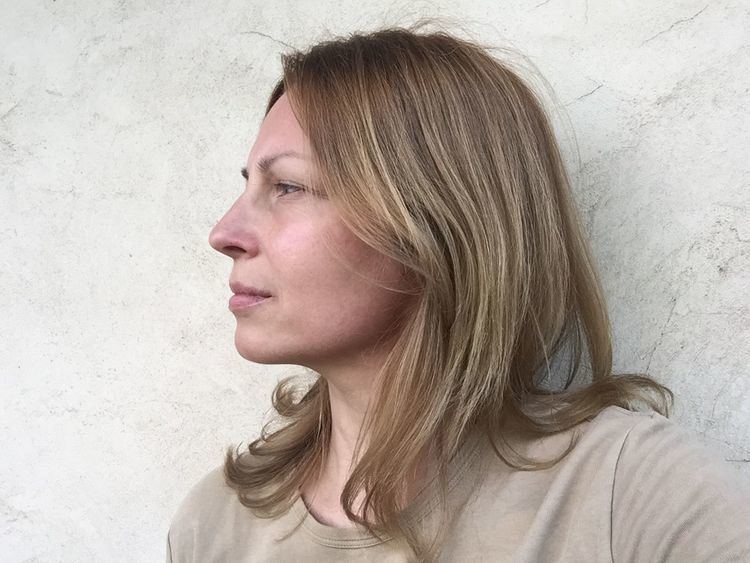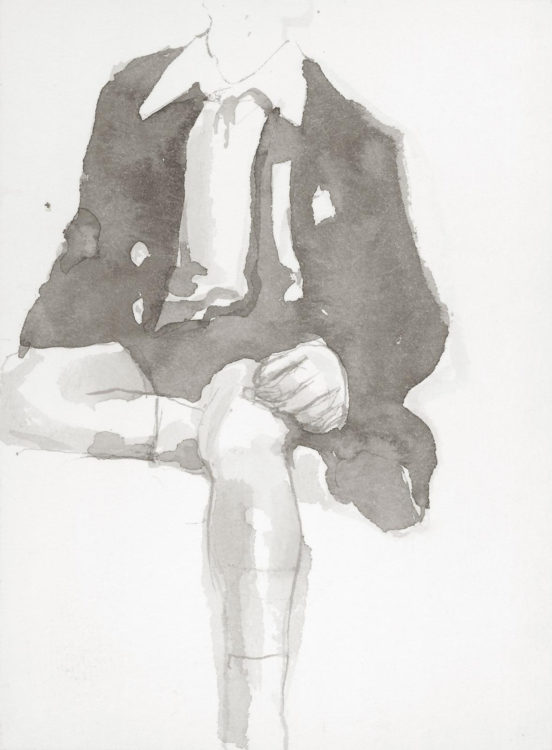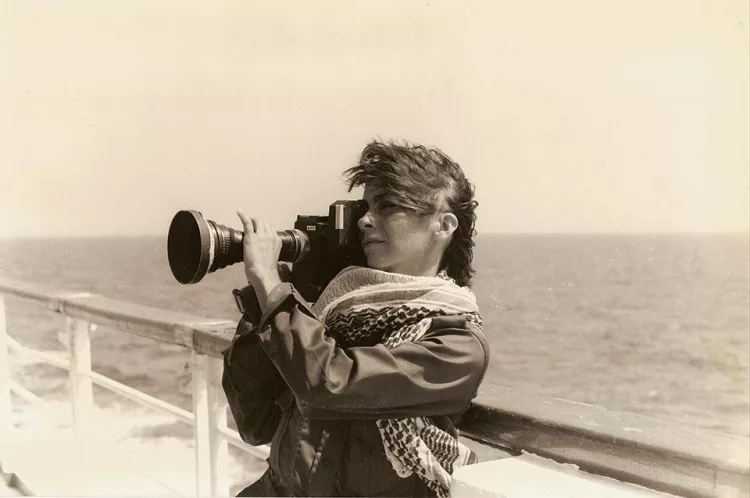Chohreh Feyzdjou
Ishaghpour Youssef, Chohreh Feyzdjou, l’épicerie de l’Apocalypse, Paris, Circé, 2011
Product of Chohreh Feyzdjou, Galerie nationale du Jeu de paume, Paris, 31 March – 29 May 1994
→Chohreh Feyzdjou: tout art est en exil, CAPC musée d’art contemporain, Bordeaux, 8 February – 2 September 2007
Iranian artist.
Chohreh Feyzdjou grew up in Iran in a Jewish family of intellectuals,and moved to Paris in 1975. It was here that she completed her artistic training at the École nationale supérieure des Beaux-Arts, and also learned about the Kabbalah and Sufism. Her untimely death in 1996 put an abrupt end to a unique body of work, which had only just begun to be exhibited in major museums across Europe. Feyzdjou made her name at the start of the 1990s with a vast corpus of objects culled from her atelier and from her past, among them drawings and paintings, all of which she covered with a more or less diffuse layer of black pigment. Each one was carefully catalogued, stored in boxes, in glass jars, in crates and trunks, or wrapped in plastic, put in tubes, stocked on shelves or tables, and in drawers or on scaffolding which were themselves covered in black pigment. Nothing remains identifiable apart from the fact that each element bears the archive reference, “Product of Chohreh Feyzdjou”. While this installation may bring to mind a post-apocalyptic catastrophe, its presentation also evokes the stalls full of goods that can be found in grocery stores and bazars across the Middle East.
Although her works are clearly marked by themes of displacement, loss, and the memory of migration, her use of commercial codes and classification systems (display, packaging, references) also suggests an exploration and questioning of the ambivalent and paradoxical nature of art’s links to the market. In a world in which everything has become a “product”, including art itself, Feyzdjou hides and protects her work beneath an impenetrable veil, but also makes visible, and highlights the irony of, the shared fate of all forms of production. Her criticism of social and cultural functioning was among the most radical. In 1994, at the Kröller-Müller Museum in Otterlo (Netherlands), under the title I do not agree with this exhibition, she buried in the garden 39 paintings that she had blackened. The same year, she held an exhibition at the Jeu de paume. In 1995, a few months before her death, she opened a shop in her name, Boutique Products of Chohreh Feyzdjou in Paris, in order to bring together and “sell off” the totality of her work. In 2002, the Feyzdjou fund was acquired in its entirety by the Centre national des arts plastiques on behalf of the State. The Centre d’arts plastiques contemporains in Bordeaux has been the depositary of this fund since 2003, and has catalogued over 300 drawings, dated from 1971 to 1996, as well as a previously unseen set of cloth sculptures. This discovery led to a retrospective exhibition of the collection presented at the CAPC in 2007.
© Éditions des femmes – Antoinette Fouque, 2013
© Archives of Women Artists, Research and Exhibitions, 2018



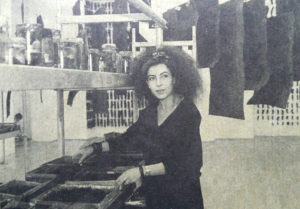
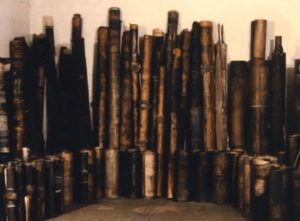 Chohreh Feyzdjou's works
Chohreh Feyzdjou's works 